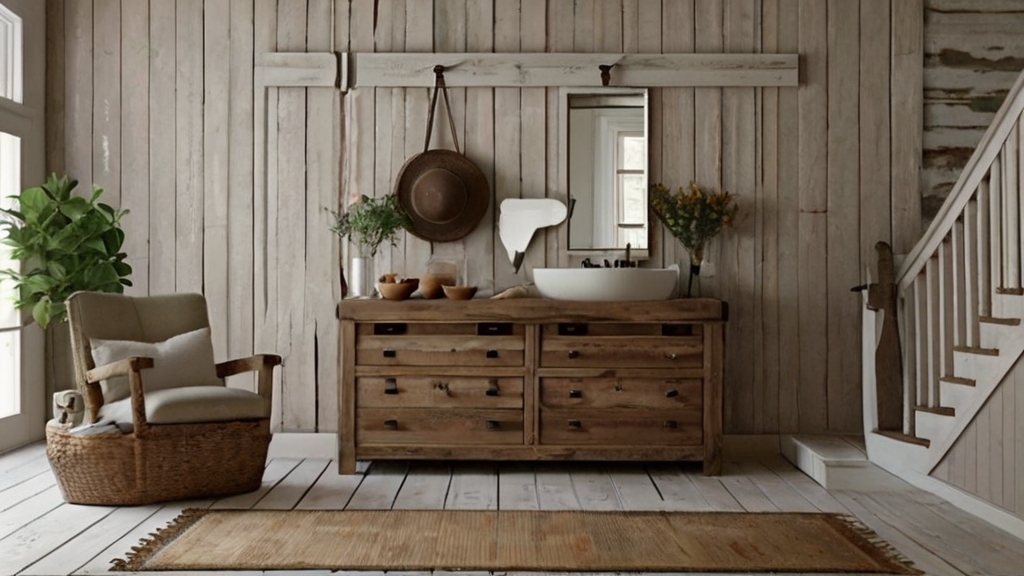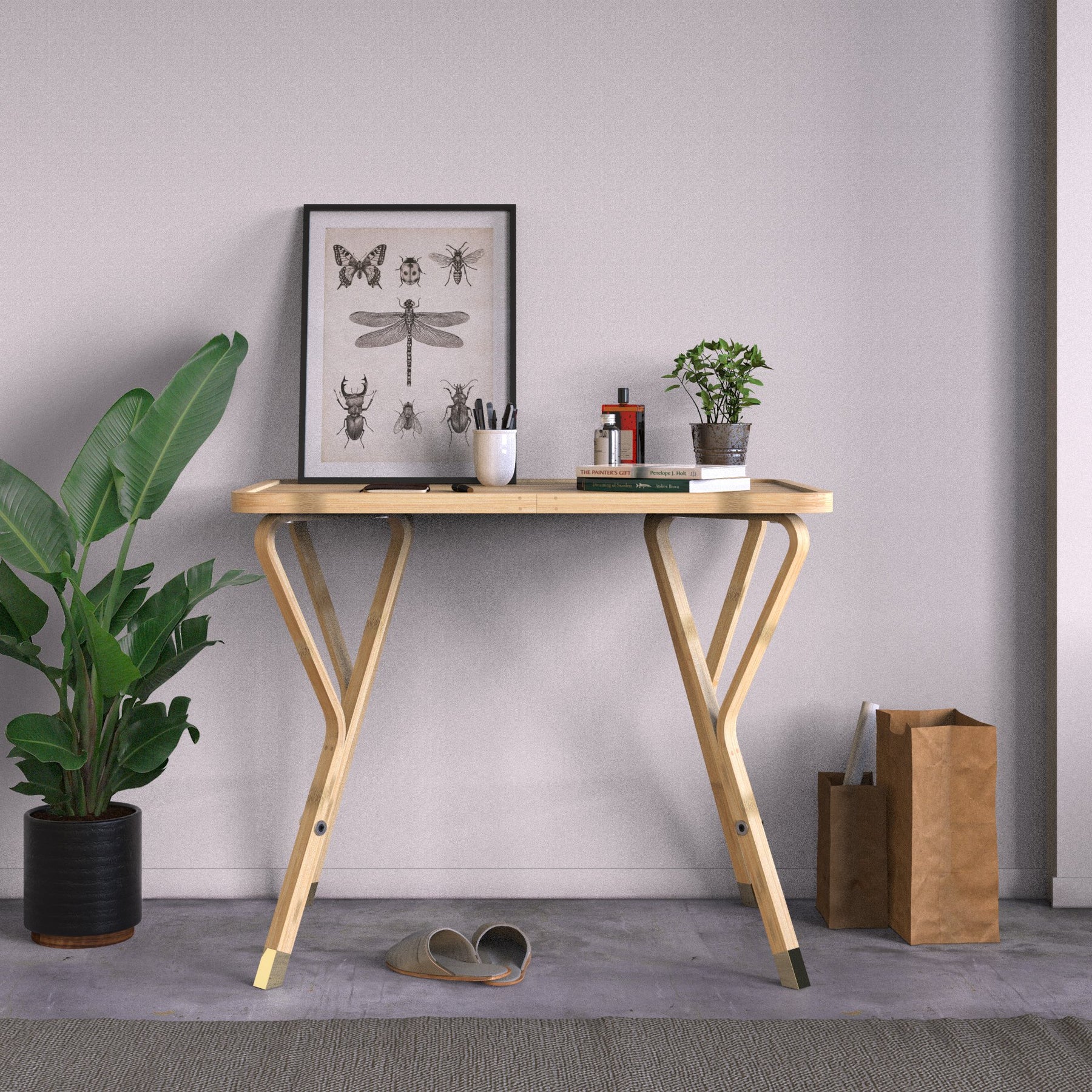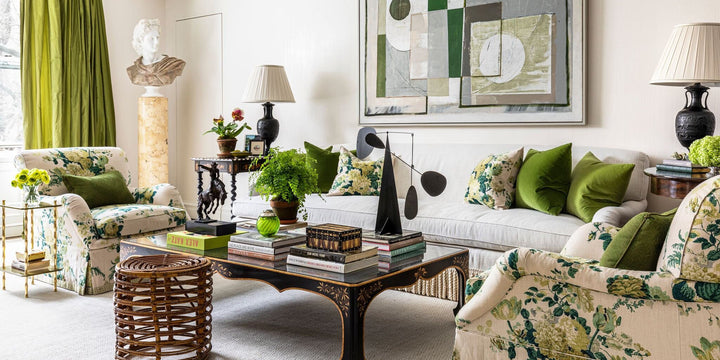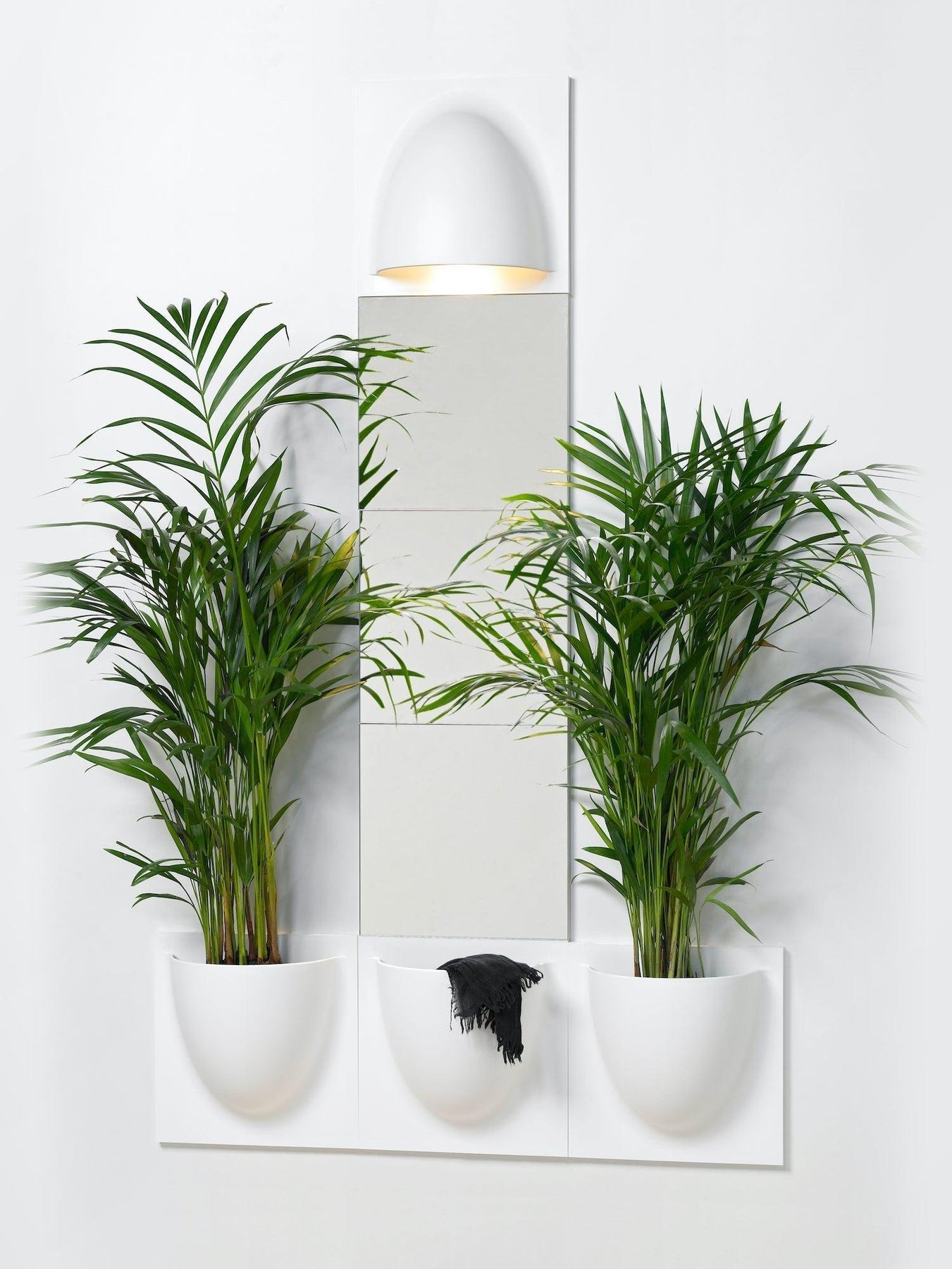Welcome to our guide on sustainable materials for eco-friendly home design. In today’s world, incorporating sustainable materials into interior design projects is not only a trend but a necessity for a greener future. Let’s showcase 10 eco-friendly materials that can enhance the aesthetics of your home while reducing your environmental footprint.
The Importance of Sustainable Materials in Home Design
Before diving into the list of sustainable materials, let’s briefly discuss why these materials are crucial for eco-friendly home design. Sustainable materials help reduce waste, promote energy efficiency, and support a healthier indoor environment for you and your family. By choosing eco-friendly options and natural materials, you contribute to a more sustainable planet and create a space that aligns with your values.
Sustainable materials play a crucial role in home design for several reasons. First and foremost, they help reduce waste. Traditional construction and design practices often generate a significant amount of waste that ends up in landfills. By opting for sustainable materials, you can minimize the rubbish and its negative impact.
Secondly, sustainable materials promote energy efficiency. The production of building materials is responsible for a large portion of global energy consumption. By using renewable materials that are energy-efficient, such as insulation made from recycled materials or low-energy light fixtures, you can reduce your home’s energy consumption, resulting in lower energy bills and a reduced carbon footprint.
Moreover, renewable building materials contribute to a healthier indoor environment. Many conventional construction materials contain harmful chemicals and toxins that can be released into the air over time, leading to poor indoor air quality and potential health issues. On the other hand, sustainable materials, such as natural paints, finishes, and flooring, are non-toxic and emit fewer volatile organic compounds (VOCs), ensuring cleaner and healthier indoor air for you and your loved ones.
Choosing sustainable materials for your home also aligns with your values and promotes responsible consumption. By supporting companies that prioritize sustainability and ethical practices, you encourage the growth of a more eco-conscious industry.
Here is our list of 10 Sustainable Materials:
Bamboo
Bamboo is a versatile and renewable material that can be used for flooring, furniture, and decor. It grows quickly, making it a sustainable alternative to traditional hardwood. Not only does bamboo grow quickly, but it also regenerates without the need for replanting. This means that it can be harvested and used repeatedly without depleting the resource. In comparison, traditional hardwood trees can take several decades to reach maturity, making them less sustainable.
Bamboo is a green material and it is a highly sustainable crop. It requires minimal water and does not require the use of harmful pesticides or fertilizers to thrive. This makes it a more environmentally friendly choice compared to other crops used for wood production.
When choosing bamboo products, it is important to look for certifications such as the Forest Stewardship Council (FSC) or the Sustainable Forestry Initiative (SFI). These certifications ensure that the bamboo has been responsibly sourced and harvested, meeting strict sustainability criteria.
Reclaimed Wood
Reclaimed wood adds character to your home while reducing the demand for new timber. It’s perfect for accent walls, flooring, and custom furniture pieces. Reclaimed wood refers to wood that has been salvaged from old buildings, barns, or other sources and repurposed for use in new construction or renovations. By choosing reclaimed wood, you are not only giving a new life to a material that would have otherwise been discarded, but also reducing the need for harvesting new timber.
One of the key benefits of using reclaimed wood is its unique and rustic appearance. Each piece of reclaimed wood carries its own history and distinctive characteristics. Its weathered look adds a touch of warmth and charm to any space.
In addition to its visual appeal, reclaimed wood is also a sustainable choice. By using existing wood rather than cutting down new trees, you help to minimize deforestation and preserve valuable ecosystems. It also reduces the energy and resources required for processing and manufacturing new timber.
To ensure the sustainability and quality of reclaimed wood, it’s important to source it from reputable suppliers. Look for companies that engage in responsible deconstruction and salvage practices, as well as those that offer certifications such as the Forest Stewardship Council (FSC) for reclaimed wood.
Recycled Glass
Recycled glass counter-tops and tiles are not only stylish but also eco-friendly. They divert waste from landfills and add a touch of elegance to your kitchen or bathroom. Recycled glass products are made from post-consumer or post-industrial glass that has been cleaned, crushed, and transformed into new usable materials. By choosing recycled glass for your countertops or tiles, you are helping to reduce the demand for raw materials and decrease the amount of waste going into landfills.
In addition to being environmentally friendly, recycled glass offers a unique and beautiful aesthetic. The glass shards and fragments create a mosaic-like appearance, adding a touch of elegance and sophistication to any space. Recycled glass countertops come in a variety of colors and finishes, allowing you to customize your design to fit your style and preferences.
Another benefit of using recycled glass is its durability. Glass is naturally resistant to stains, scratches, and heat, making it a practical choice for kitchen countertops. It is also easy to clean and maintain, requiring only a mild detergent and water.
When investing in recycled glass products, it is important to ensure that they have been properly certified. Look for certifications such as the Green Building Council’s Leadership in Energy and Environmental Design (LEED) or Cradle to Cradle (C2C). These certifications guarantee that the product has gone through rigorous testing and meets certain sustainability criteria.
Cork
Cork is a raw material harvested from cork oak trees without harming them. It’s perfect for flooring, wall tiles, and even furniture upholstery. Cork is a highly sustainable material that offers a wide range of uses in home design and construction. The cork oak trees, native to the Mediterranean region, are carefully harvested for their bark, which naturally regenerates over time without causing harm to the trees. This makes cork a truly renewable resource.
One of the most popular uses of cork is in flooring. Cork flooring is not only durable and comfortable to walk on, but it also has excellent insulating properties. It provides a natural barrier against noise and temperature fluctuations, making it a popular choice for bedrooms, living rooms, and home offices. Cork flooring is available in various styles and colors, allowing homeowners to create unique and inviting spaces.
Another application of cork is in wall tiles. Cork wall tiles offer both aesthetic appeal and functional benefits. They add texture and visual interest to any room, while also providing insulation and sound absorption. Cork wall tiles are particularly beneficial in home offices, as they can help reduce echo and create a quieter working environment.
Cork is also a versatile material for furniture upholstery. It is durable, lightweight, and comfortable to sit on, making it an ideal choice for chairs, sofas, and ottomans. Cork upholstery adds a natural and earthy touch to furniture pieces.
Recycled Metal
Using recycled materials, like recycled metal and recycled steel, for fixtures, accents, and furniture reduces the environmental impact of mining and manufacturing new metal products. Recycled metal is an excellent choice for promoting sustainable practices in construction and design. By using recycled metal, you can reduce the need for new mining and the energy consumption associated with manufacturing new metal products.
Furniture made from recycled metal and steel is not only environmentally friendly but also durable and sturdy. From chairs and tables to shelving units and bed frames, recycled metal furniture can withstand heavy use and last for years. Many manufacturers now specialize in creating innovative and stylish furniture designs using reclaimed metal, ensuring that you can furnish your home sustainably without compromising on style or quality.
One of the advantages of using recycled metal is that it can be endlessly reused and repurposed. When you no longer need a fixture, accent, or piece of furniture made from recycled metal, you can recycle it again, keeping the material’s lifecycle continuous.
Fixtures and accents made from recycled metal can add a unique and stylish touch to any space. From light fixtures and door handles to decorative sculptures and artwork, recycled metal pieces can create a focal point and contribute to the overall aesthetic of a room. These items are often made from salvaged materials such as old car parts, scrap metal, or discarded machinery, which are then transformed into functional and visually appealing pieces.
Plant-Based Fabrics
Fabrics made from plant natural materials like organic cotton, hemp, bamboo and linen are biodegradable and require less water and chemicals to produce than synthetic fibers. Organic cotton, for example, is grown without the use of harmful pesticides and fertilizers, making it safer for both the environment and the workers involved in its production. Additionally, organic cotton requires significantly less water to grow compared to conventional cotton.
Linen, made from the flax plant, is renowned for its breathability and durability. Flax is a versatile crop that requires less water and pesticides compared to other fiber crops. Linen is not only eco-friendly but also has natural temperature-regulating properties, making it a great choice for clothing and bedding.
In addition to their environmental benefits, plant-based fabrics often offer superior comfort and breathability compared to synthetic materials. These fabrics have natural moisture-wicking properties, which help keep the skin dry and cool in hot weather. They are also hypoallergenic and gentle on sensitive skin, making them a popular choice for those with allergies or
Hemp is another plant-based fabric that has gained popularity for its sustainability. Hemp plants are known for their resilience and fast growth, requiring minimal water and land to cultivate. Hemp fibers are strong, durable, and can be used to create a range of textiles, including clothing, upholstery, and even building materials.
Low-VOC Paints
Opting for low-VOC (volatile organic compound) paints improves indoor air quality by emitting fewer harmful toxic chemicals, making your home a healthier space. Not only do low-VOC paints benefit your health, but they also have a positive impact on the environment. Traditional paints often contain high levels of VOCs, which are released into the air during and after painting. These VOCs contribute to air pollution and can have harmful effects on human health, such as respiratory issues, headaches, and allergic reactions.
Additionally, some low-VOC paints are made from sustainable or recycled materials, further reducing their environmental impact. These paints often use natural pigments derived from plants or minerals, avoiding synthetic dyes and additives that can be harmful to the environment.
In contrast, low-VOC paints have significantly lower levels of these harmful chemicals. They are formulated with water or other natural solvents instead of the traditional petroleum-based solvents. This reduces the amount of toxic emissions and odors released into the air, resulting in a healthier indoor environment for you and your family.
Furthermore, many low-VOC paints are now available in a wide range of colors and finishes, making it easier than ever to find options that suit your style and design preferences. Whether you’re looking for a bold statement color for an accent wall or a subtle neutral shade for your living room, there are low-VOC paint options to fit any aesthetic.
Bio-based Insulation
Bio-based insulation materials like soy foam and cellulose are eco-friendly alternatives to traditional insulation, providing energy efficiency, no harmful chemicals and comfort. Bio-based insulation materials like soy foam and cellulose are revolutionizing the way we insulate our homes and buildings. Traditional insulation materials, such as fiberglass and foam, are derived from non-renewable resources and can have negative environmental impacts. In contrast, bio-based insulation materials are made from renewable resources and have a much lower carbon footprint.
One increasingly popular bio-based insulation material is soy foam. Soy foam is made from soybean oil, a renewable resource that is abundant and easily accessible. It is a great alternative to traditional petroleum-based foams, which are derived from fossil fuels. Soy foam insulation is not only environmentally friendly, but it also provides excellent thermal insulation properties and can help reduce energy consumption in buildings. Additionally, soy foam insulation is non-toxic, safe to handle, and has no harmful off-gassing, making it a healthier choice for both the environment and occupants of the building.
Another bio-based insulation material is cellulose. Cellulose insulation is made from recycled paper and cardboard materials, reducing waste and utilizing materials that would otherwise end up in landfills. The production process of cellulose insulation requires less energy compared to the manufacturing of traditional fiberglass insulation, further decreasing its environmental impact.
Bamboo Flooring
Bamboo is known for its strength and durability, making it an excellent choice for flooring and furniture. It can withstand heavy foot traffic and is resistant to warping and moisture damage. Additionally, bamboo has a unique aesthetic appeal, with its natural grain patterns and warm tones. It can add a touch of elegance and sophistication to any space. Bamboo flooring is a durable, sustainable and biodegradable material. It’s a great choice for eco-conscious homeowners looking for stylish flooring options. It’s one of the smart and versatile material you want to add in your everyday life. There are several reasons why bamboo is considered a sustainable material. Firstly, bamboo is one of the fastest-growing plants in the world, with some varieties reaching maturity in just a few years. This means that it can be harvested and replanted at a much faster rate than other types of hardwood, making it a highly renewable resource.
Furthermore, the cultivation of bamboo requires much less water and pesticides compared to other crops. This makes it a more eco-friendly option, as it reduces the amount of water usage and chemical runoff into the environment.
Another benefit of bamboo is its ability to absorb carbon dioxide and release oxygen into the atmosphere. In fact, bamboo plants can absorb up to four times more carbon dioxide compared to other trees. This makes it an excellent carbon sequestration tool, helping to combat global warming and reduce greenhouse gas emissions.
In terms of its durability, bamboo flooring can last for many years with proper care and maintenance. It is highly resistant to scratches and dents, making it a practical choice for high-traffic areas in the home. Additionally, bamboo is naturally resistant to moisture, mold, and mildew, making it a suitable option for areas prone to dampness, such as bathrooms or kitchens.
Natural Stone
Natural stone, such as granite and marble, offers timeless elegance and durability. Choosing locally sourced and responsibly extracted stone minimizes environmental impact. Furthermore, natural stone has a high thermal mass, meaning it can absorb and store heat, reducing the need for heating and cooling in your home. This can result in energy savings and lower greenhouse gas emissions.
Another benefit of using natural stone is its longevity. Unlike synthetic materials that may need to be replaced every few years, natural stone can last for decades, if not centuries, when properly cared for. This longevity reduces waste and the need for constant manufacturing and disposal of building materials.
When it comes to sustainability, it is important to consider the extraction and manufacturing processes of the materials we use. Natural stone, when responsibly sourced, can have a lower environmental impact compared to synthetic alternatives. Look for stone that is certified by reputable organizations, such as the Forest Stewardship Council (FSC) or the Rainforest Alliance, to ensure that it has been extracted in an environmentally responsible manner.
In addition to its environmental benefits, natural stone offers a wide range of aesthetic choices. From the classic beauty of marble to the earthy tones of granite, there is a natural stone option to suit any design style. Its natural variations and unique patterns make each piece of stone a work of art in itself.
Conclusion: Embrace Sustainable Design
As you embark on your next home design project, consider incorporating these sustainable natural materials to create a space that reflects your commitment to environmental responsibility. Let’s use sustainable building materials in our homes that not only look beautiful but also contribute to a sustainable future for generations to come. Join the movement and make a positive impact through your interior design choices!





